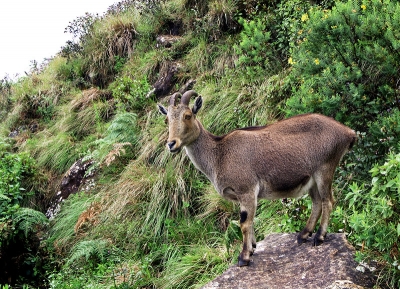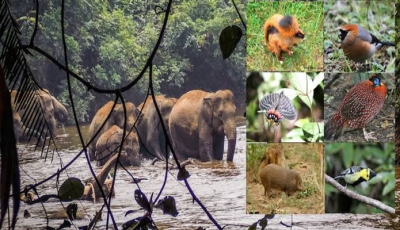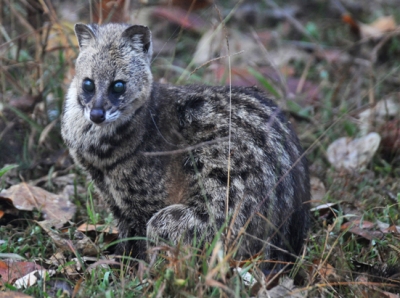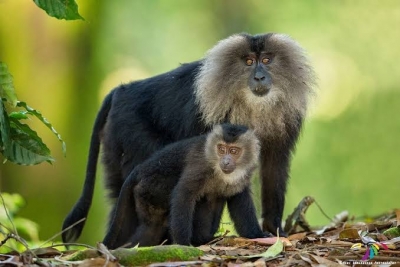What are the features that define the stump-tailed Macaque?
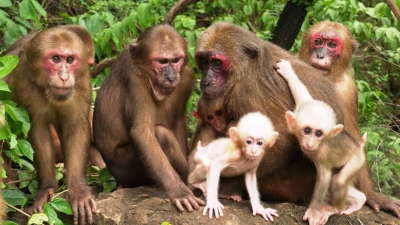
Try to picturise a monkey in your mind that has a furry dark brown body, a teeny-weeny tail just about 2 inches long, and a hairless, red coloured face as if dipped in a can of red paint!
The stump-tailed Macaque, also known as the bear Macaque, is a primate predominantly found in the tropical and subtropical forests of Asian countries such as Cambodia, China, Northeast India, Myanmar, Thailand, Vietnam, Laos, and northwest Peninsular Malaysia.
These Macaques generally have a large body structure. Males can be as large as 65 cm in length and weigh up to 12 kg. Females are relatively smaller. Owing to its large body size, the stump-tailed Macaque is a lazy tree climber and uses the trees only to relish the fruits or sleep at night. Males climb more often to look out for potential danger and to keep watch over the troop.
The undisturbed rainforests of the tropics provide these primates the much-needed food, nutrition, and shelter and hence are crucial for their survival. Although they are known to live up to 30 years, threats such as poaching, habitat loss, and natural predators have considerably shortened the lifespan of these animals in the wild. The IUCN Red List of Threatened Species has listed these animals as ‘Vulnerable’and foresees an alarming population dips in the coming years.
Picture Credit : Google
